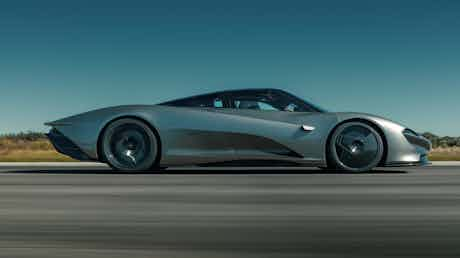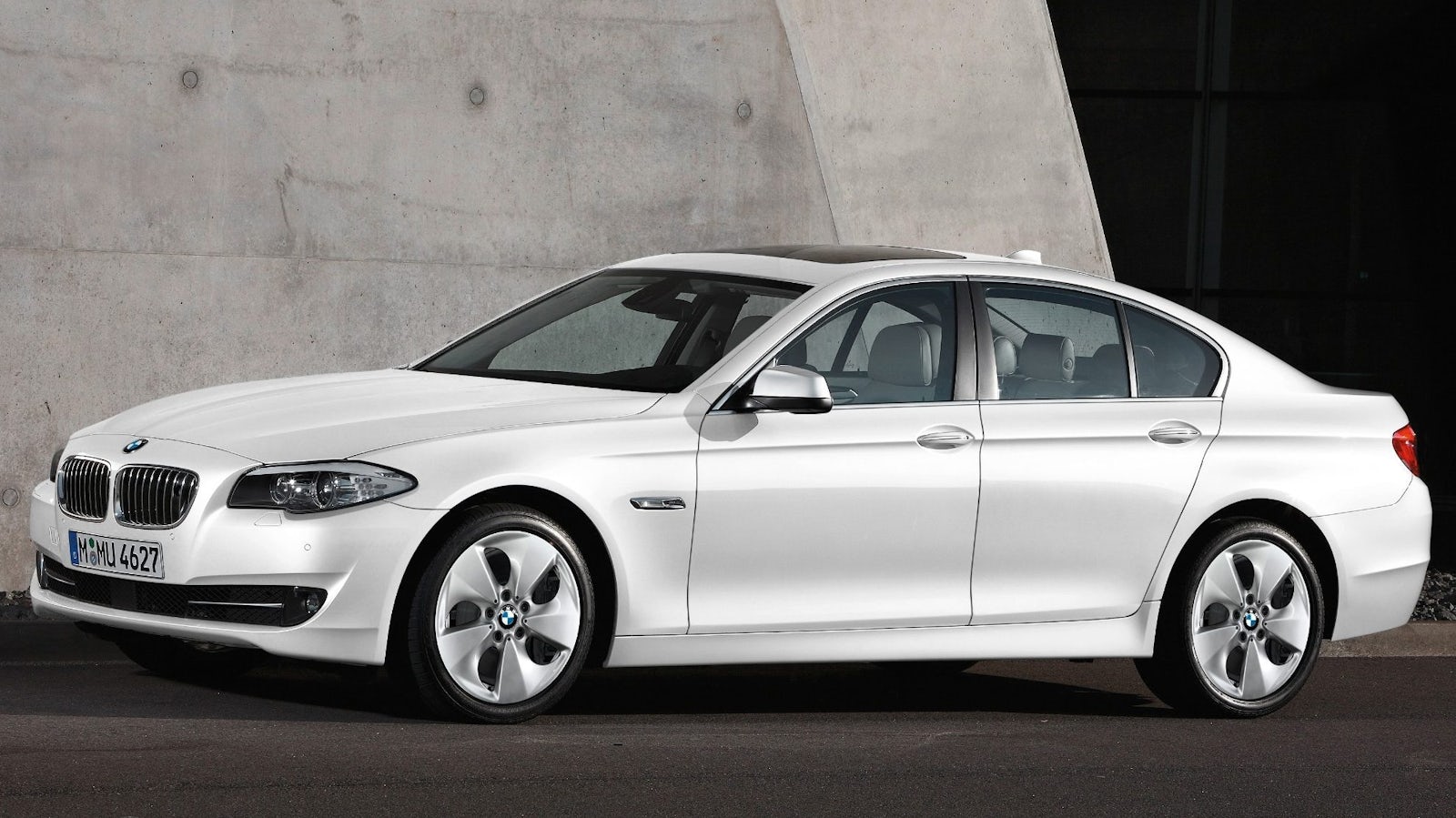10 of the most aerodynamic cars ever made
January 12, 2024 by John Tallodi

Wondering which cars are the best at slipping through the air? Our rundown picks 10 of the most aerodynamic cars
It stands to reason that a car that can glide smoothly through the air should be more efficient than one that creates a lot of drag. That’s where the advanced science of aerodynamics comes in.
Simply put, aerodynamics is the way air interacts with objects, in this case a car. The most aerodynamic shape in nature is a teardrop, it has a drag coefficient (Cd) of 0.04. This is the reason why so many aerodynamically efficient cars often look like a well-used bar of soap.
The practical and legal requirements needed to make a car road-legal rarely allow designers and engineers to come close to that sort of figure, but that hasn’t stopped them from trying.
Buying a car with aerodynamics in mind may not be at the top of everybody’s shopping list, but getting the best possible value for money certainly is. Check out our best new car deals here to see if anything takes your fancy.
Here are 10 of most aerodynamic production cars ever made, from some impressive early attempts to the latest road-going marvels.
Our pick of 10 of the most aerodynamic cars are:
- McLaren Speedtail
- Vauxhall Calibra
- Tesla Model 3
- Porsche Taycan
- Mercedes A-Class Saloon
- BMW 5 Series Efficient Dynamics
- Tatra T77A
- Tesla Model S
- Mercedes EQS Saloon
- Volkswagen XL1

1. McLaren Speedtail (2020-present)

Drag coefficient: 0.278 Cd
When attempting to design their fastest road-going model ever, McLaren relied on a whole lot of hybrid power and a super slippery shape to reach the projected 250mph top speed. The elongated tail, lack of traditional side mirrors and aero front wheel covers all helped the McLaren Speedtail make the most of its impressive 1,055hp power output. In fact, it is reputed to be able to go a whole lot faster were it not for the limiting factors of the tyres and other components.
2. Vauxhall Calibra (1989-97)

Drag coefficient: 0.26Cd
Aerodynamic excellence isn’t the sole preserve of multi-million pound exotics, the humble Vauxhall Calibra coupe became the most aerodynamic production car when it went on sale way back in 1989.
A low frontal area, tight panel gaps, flush door handles and obsessive attention to every detail made it the aerodynamic champ until 1999 when the Audi A2 took the crown with a 0.25 Cd. Even the current generation Vauxhall Astra hatchback just manages to match the Calibra’s impressive effort from over three decades ago.

3. Tesla Model 3 (2017-present)

Drag coefficient: 0.23Cd
Tesla has set the standard when it comes to EV performance and range for years, and part of its success comes from the low drag design of their cars. The Tesla Model 3 is the marque’s best-seller and the impressive 374-mile range of the Long Range model wouldn’t be possible without its ultra-low 0.23Cd drag coefficient.
4. Porsche Taycan (2019-present)

Drag coefficient: 0.22Cd
Squeezing every last mile out of electric car batteries has become something of an obsession for auto manufacturers, this has pushed them to develop the most wind-cheating shapes possible. The Porsche Taycan was designed using 3D Computational Flow Dynamics (CFD) and spent 1,500 hours in a wind tunnel to achieve its 0.22Cd rating.
5. Mercedes A-Class Saloon (2018-present)

Drag coefficient: 0.22Cd
Mercedes has developed some rather smooth and slippery designs in recent years, with even its base models like the A-Class Saloon now among the most aerodynamically efficient cars on the road. Fanatical attention to detail means that even the wider and taller S-Class models are still just as good at cutting through the air.
6. BMW 5 Series Efficient Dynamics (2011-13)

Drag coefficient: 0.22Cd
Sometimes tweaking an existing design can yield impressive aerodynamic improvements, too. BMW proved this with its 5 Series Efficient Dynamics models. In an attempt to lower fuel consumption and thereby running costs, BMW fitted low rolling resistance tyres and streamlined alloy wheels to its luxury saloon to bring its drag down to just 0.22Cd, while changes to the transmission resulted in low revs at cruising speed. BMW no longer offers Efficient Drive as a standalone model, but its current cars have features such as active shutters in the front grille and smoothed-off undertrays to help improve aerodynamic efficiency levels. A regular 3 Series, for example still has a 0.23Cd drag coefficient.
7. Tatra T77A (1935-38)

Drag coefficient: 0.212Cd
Tatra is a Czechoslovakian automotive brand (car production ceased in 1999) that has produced some fascinating designs over the years. The 1935 T77A had a V8 engine mounted in the rear that, despite its modest 60hp output, could reach almost 90mph thanks to its unbelievably aerodynamic shape. Even to this day, the 0.212Cd drag factor has been bettered by only a handful of production cars.
8. Tesla Model S (2012-present)

Drag coefficient: 0.208Cd
Tesla returns to our list with the Model S, its first production four-door saloon, and still the range-topper when it comes to acceleration and range. Its 0.208Cd drag figure is also up there with the most aerodynamic cars ever designed. The Dual Motor Model S boasts a 405-mile range from a 100kWh battery pack, aided by flush-mounted door handles, a flat undertray, and plenty other aero-friendly features. Every little bit counts, as evidenced by the 30-mile range drop if you choose the larger 21-inch wheels over the standard 19-inch units.
9. Mercedes-EQS (2021-present)

Drag coefficient: 0.202Cd
While Mercedes’ regular petrol and diesel models are already slipperier than a bucket full of eels, it has been pushing the limits even further with its concept cars like the VISION EQXX – which manages a 0.17Cd. The just-released all-electric EQS Saloon has clearly implemented some of the advanced features of the concept car as it is now the most aerodynamic production car on sale.
Buy a Mercedes EQS through Carwow
10. Volkswagen XL1 (2015-16)

Drag coefficient: 0.199Cd
You may never have seen the futuristic-looking VW XL1 before because it was limited to just 250 units when it was introduced in 2013. During that short period, it was the most aerodynamically efficient production car on sale, this would still be the case if it were available to buy new today. It featured a body almost devoid of protrusions and was so narrow that the two occupants it could accommodate had to sit behind each other.
Cars Change? Carwow!
Looking for a new set of wheels? With Carwow you can sell your car quickly and for a fair price – as well as find great offers on your next one. Whether you’re looking to buy a car brand new, are after something used or you want to explore car leasing options, Carwow is your one stop shop for new car deals.















